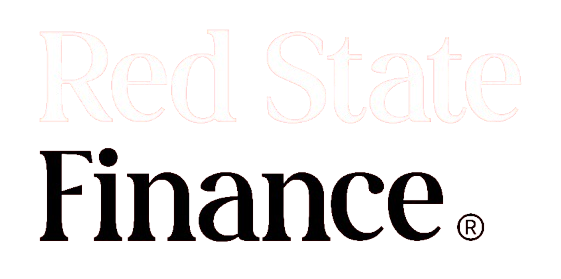Costco has officially implemented its first membership fee hike in seven years, a move that took effect on Sunday and is set to impact millions of customers across the U.S. and Canada.
The wholesale giant, known for its bulk goods and exclusive member perks, has raised its annual membership fees by $5 for standard “gold star” and business memberships, bringing the cost from $60 to $65. Executive memberships, which offer additional benefits, have seen a $10 increase, jumping from $120 to $130 per year.
This price adjustment is no small change, as it affects around 52 million memberships, with more than half of these belonging to the club’s executive tier, according to a company statement released in July. For loyal Costco shoppers, this hike may seem inevitable, given that the last increase occurred back in June 2017.
But what’s driving this price bump? And what does it mean for the millions of Americans who rely on Costco for everything from groceries to gas?
The Value Proposition: Why Pay More?
Despite the increase, Costco remains a beloved destination for budget-conscious consumers who appreciate the savings on bulk purchases, not to mention the host of additional perks that come with membership. From the infamous free samples to substantial discounts on food, gas, insurance, travel, and more, Costco offers a membership experience that many find difficult to beat.
For executive members, the perks are even more enticing. These members receive an annual 2% reward on qualifying purchases, which can quickly offset the cost of the membership for frequent shoppers. With 882 warehouses worldwide, the opportunities to save—and to indulge in the Costco experience—are plentiful.
Yet, the question remains: will the membership fee hike deter some shoppers?
A Strategic Move Amidst Economic Uncertainty
Costco’s decision to raise membership fees comes at a time of economic uncertainty, with inflation impacting consumer spending habits across the board. However, Costco appears confident in its value proposition, banking on the loyalty of its members to absorb the increase without much pushback.
The company’s financials certainly support this confidence. In July alone, Costco reported a staggering $19.26 billion in net sales, marking a 7.1% increase from the previous year. Revenue from membership fees, a crucial component of Costco’s business model, was up 7.6% in the third quarter of fiscal 2023, making up 1.9% of the company’s total revenue for the fiscal year.
This financial success suggests that Costco is well-positioned to weather any potential backlash from the fee increase. In fact, the company’s ability to consistently grow its sales and membership revenue might just be the reassurance members need to stick around, even at a higher cost.
The Bigger Picture: What This Means for the Retail Landscape
Costco’s move to increase membership fees could signal a broader trend in the retail industry, where inflation and rising operational costs are forcing companies to reassess their pricing strategies. With the cost of goods and services climbing, retailers may increasingly turn to membership models or fee increases as a way to maintain
profit margins without significantly raising prices on the shelf.
For Costco, the membership model has always been a cornerstone of its business strategy. The fees contribute a steady stream of income that isn’t tied directly to sales fluctuations, providing a financial buffer in times of economic uncertainty. By raising these fees, Costco is likely aiming to shore up its margins as it navigates the complexities of today’s economic environment, where supply chain challenges and inflationary pressures are persistent concerns.
However, the move could also prompt other major retailers with membership or loyalty programs to reconsider their own pricing strategies. If Costco’s fee hike is met with minimal resistance, it could embolden others to follow suit, leading to a ripple effect across the industry. On the other hand, if there’s significant pushback, it might serve as a cautionary tale for those considering similar actions.
Member Loyalty vs. Rising Costs
The real test of Costco’s fee hike will be in how its members react. Will they see the value in paying a bit more for the benefits they’ve come to enjoy, or will they begin to question whether the perks are worth the price? Historically, Costco has enjoyed strong customer loyalty, with renewal rates consistently above 90%. This suggests that the majority of members find sufficient value in their membership to justify the cost, even when prices go up.
For many Costco members, the savings on bulk items, gas, and other essentials likely outweigh the $5 or $10 increase. Additionally, the 2% cashback for executive members can quickly cover the additional cost, especially for those who make frequent, large purchases. Yet, there’s always a segment of customers who may feel the pinch more acutely, particularly those on tighter budgets.
Looking Ahead: Is More to Come?
Costco’s membership fee increase might not be the last. As the company continues to expand and adapt to changing market conditions, further adjustments could be on the horizon. For now, the increase seems modest, especially given the length of time since the last one. But with the cost of living on the rise and consumers becoming more price-sensitive, Costco will need to carefully balance its need for revenue growth with maintaining the strong customer loyalty that has been a hallmark of its success.
In the end, Costco’s ability to navigate this fee increase will depend on its ongoing commitment to providing value to its members. As long as the company continues to deliver on its promise of savings, quality, and service, it’s likely that most members will continue to see their membership as a worthwhile investment—albeit a slightly more expensive one.





